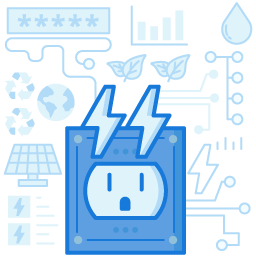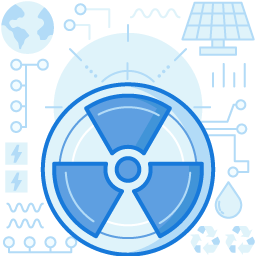Value Added Reseller – Adding Utility To The Original Product
As the name suggests, the Value Added Reseller can be understood as a business model in which the VAR organization resells the products or services after adding value to them. The most common use of this model is in the IT as well as the consumer electronics industries.
To understand it better, consider the example of a hardware organization. The VAR can add value to the original hardware product by bundling it with the essential software that runs on that hardware. Consequently, it will offer the consumer an integrated product, and the users will have a complete solution package in their hands. The VAR can also provide setup, training services, software installation, etc., as value-added services. These days, several VARs even provide managed services by initiating an MSP partner program in which the MSP reseller works as a subset of the VAR and provides MSP services.

The VAR Model Explained
The following points elaborate on the VAR concept, the core activities of a VAR, and its position as a bridge connecting manufacturers and consumers while adding value and utility to the products and services.
- The Value Added Reseller is an organization that adds value to products and services. In this business model, the reselling organization buys the product from the supplier and then adds ‘value’ to it, increasing its utility. The utility is added to the product to incorporate additional features, software, maintenance contract (usually handled by the MSP reseller), or any other services. Following it, the VAR resells the products to the end-user.
- A VAR usually purchases the product from the primary distributors and original equipment manufacturers (OEMs). That’s how they get the product at a reasonable price. It then adds utility to it, creating a complete package, which can seem attractive to the final consumer.
- By keeping the consumer requirements in mind, a VAR can resell the product by bundling up different components sourced from various vendors to create a whole new product or package. An example is purchasing hardware from one OEM and combining it with software purchased from another, and making a unique tool that fulfills customers’ requirements.
- The main aim of a VAR organization is not just to resell the product but also to provide a turnkey solution by enhancing its utility so that the consumer gets a customized product as per his/her requirement.
- VAR organizations are experts in their field and have sufficient knowledge about the product that they resell. Hence, the final consumer need not run from one place to another in search of a suitable solution because the VARs have technology experts that provide the best technical solutions ideal for a business.
Benefits Of Using A Value Added Reseller
Both manufacturers and resellers have a bunch of benefits from the VAR business model. They are the following.
- One of the main benefits of a VAR is that it adds value to the product and the competitive strategy of the primary product manufacturer. A VAR firstly evaluates the customer’s needs and fulfills them by adding features and enhancing the product’s utility. It gives an edge to the primary producer over its competitors.
- Through VARs, the manufacturers even outsource their sale function, which proves to be quite helpful to them. A VAR usually possesses an inside-out knowledge of the market that allows it to easily penetrate various market segments, which may be difficult for the primary producers. VARs even concentrate their reselling strategy towards larger accounts, which increases the sales of the product.
- The economy of supply chain management is another factor that shows the benefits of using the VAR model. Its core advantages include better market coverage, lower costs, and good customer contact. In addition to these factors, market knowledge, market skills, and market segmentation strategy also play an essential role in creating an efficient marketing strategy.
- The end-user also benefits from a VAR as they get products and services at a reduced cost, product and service maintenance at a reasonable price, the advantage of top-notch and responsive services, and one-stop shopping, too.


Limitation Of Using A Value Added Reseller
Many, especially manufacturers, also perceive certain limitations within the concept of VAR. The main downsides of using a VAR are explained below.
- Most of the product manufacturing organizations do not want their products to get into the hands of another. It is not acceptable by many manufacturers to lose control over their produce. So, many organizations see VARs as a devaluing source instead of a value-adding source.
- Another drawback is that many organizations perceive VARs as intermediaries that profit from their products. They see them as parasites instead of marketing channels. Such a perception makes them think that they are losing customer contact because of VARs.
- Manufacturing organizations even fear that VARs may have contradictory objectives that could prove to be fatal. It may breed the grounds for inefficient market management as well as poor communication.
It is right to say that the Value Added Reseller is an efficient and effective business model that enhances the value of a product for the consumer and contributes to increasing the revenue of the manufacturer. Using their market knowledge paired with the expert skillset, they create customized consumer-specific products that are irreplaceable. Considering the benefits and limitations of using a VAR, it is clear that the VAR model can be both rewarding and challenging.